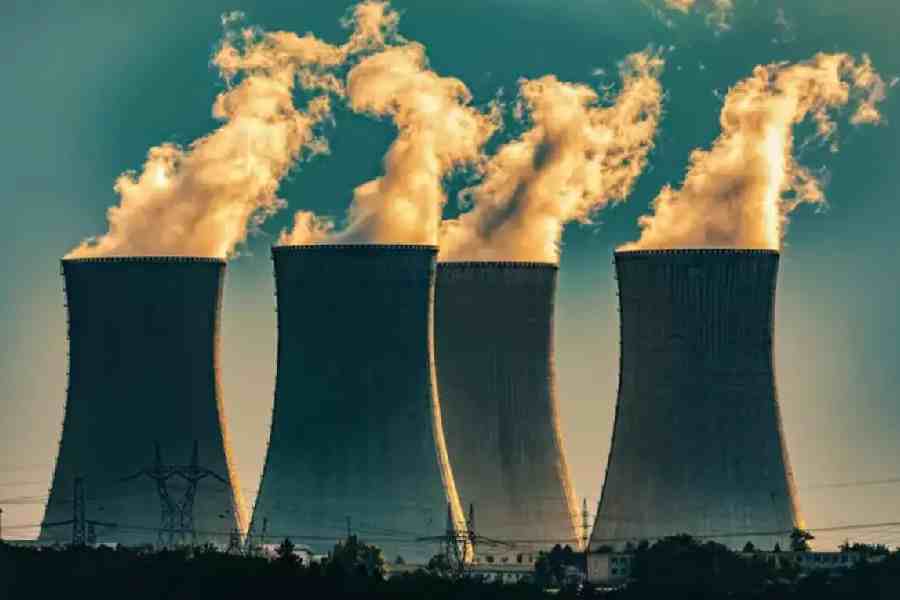Nuclear reactor operators have started loading uranium fuel into the core of the first of two 700 MW giant reactors near Rawatbhata in Rajasthan, a key step towards initiating a nuclear chain reaction and generating electricity.
The 700 MW unit is the seventh reactor at the Rajasthan Atomic Power Station (RAPS-7) and the third among a planned series of ten 700 MW reactors India plans to build in the coming years to expand its installed nuclear energy capacity.
The fuel loading at RAPS-7 that began on Thursday will be followed by the start of a controlled nuclear fission chain reaction and, subsequently, power generation, the Nuclear Power Corporation (NPC), the government entity that builds and operates civilian nuclear plants, announced on Friday.
RAPS-7 is expected to begin commercial operations this year, while its twin unit, RAPS-8, is expected to start operations next year, the
NPC said.
The 700 MW reactors mark the latest generation of India’s homegrown pressurised water reactors (PHWRs) whose earlier versions were rated for 220 MW and 540 MW. The first two of the 700 MW reactors located in Kakrapar, Gujarat, had begun commercial operations during 2023-24.
India’s long-term plans to achieve energy security alongside sustainable development will hinge on the expansion of both renewable energy and nuclear energy.
The Department of Atomic Energy (DAE) is seeking to triple the country’s nuclear power generation capacity within the next six years, from around 7,500 MW at present to 22,480 MW by 2031.











